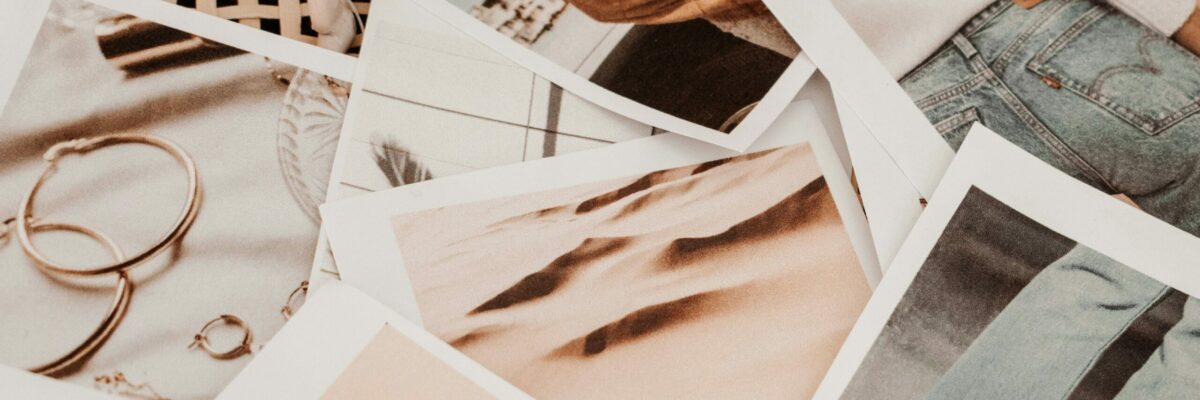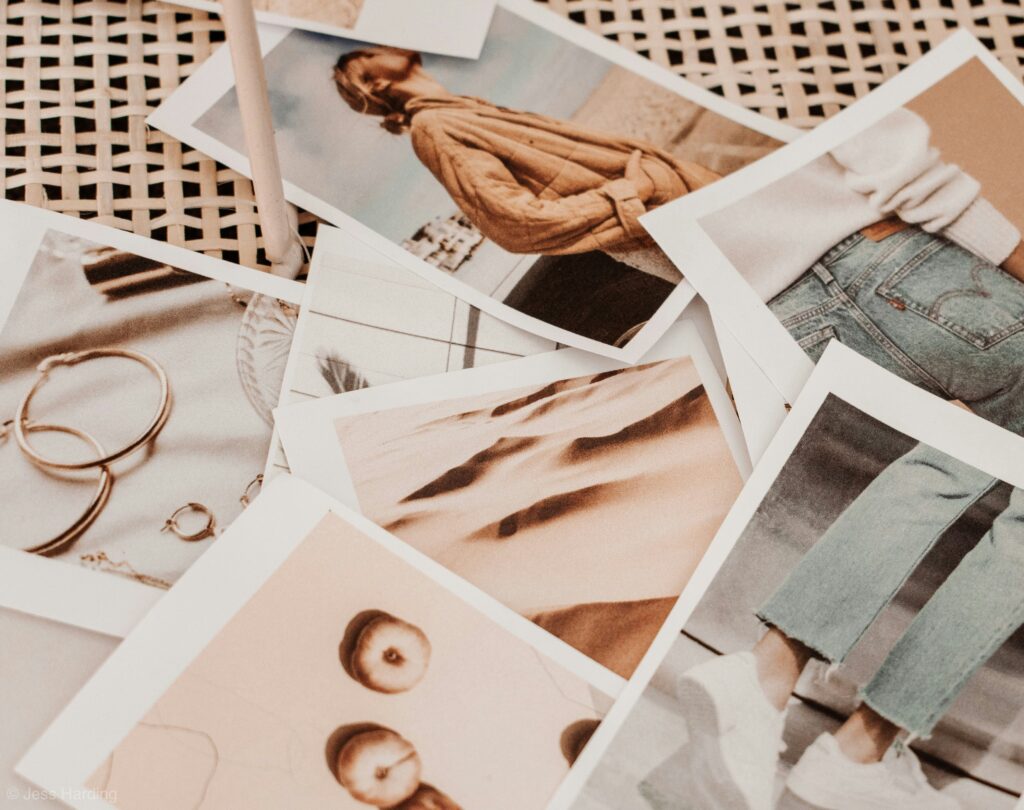

Psychological drivers of fashion
When we hear the term fashion, we usually think of clothes. But fashion can be a brand, a product or even a service, a holiday destination or a first name. It cannot be limited to clothing products alone. Products and services that are novel, used by a significant proportion of consumers, temporarily (for a short period), linked to self-expression and symbolic consumption, are typically called fashion products. In the Re-fashionable project, we now focus on clothing and accessories as fashion products.
What can become a fashion product? Practically anything, although culture has a strong influence on consumption, use and diffusion: to what extent a community of people (nation, family, friends) is traditional in their behaviour, to what extent their younger members have been absorbed by social media (TikTok, Instagram, Youtube. Facebook), how much disposable income the members have, and how accessible the particular novelty is (can I buy it in the corner shop or can I only get it from another country on a custom order basis). The cheaper and more easily available the product/service, the more likely it is to be bought and discarded after a few uses. And even age, consumption patterns learned in the family, place of residence, educational qualifications and contacts at work or with friends (reference groups) influence what we buy and where we buy it from.
Simmel described in his 1911 essay entitled Fashion that fashion has a dual purpose: to keep a certain social group together and to separate it from others. This mechanism drives the fashion machine to this day, through moral obsolescence. Let me give a simple example: a few years ago, skinny jeans were in fashion; in 2023, baggy trousers began to take over. In fast fashion, the shelves of fast fashion stores are now dominated by leather, and skinny is rare. About 8-10 years ago, we were looking for clothes that followed the contours of the body, 3-4 years ago oversize fashion came in. There is also an alternation in women's heels, with wide block heels followed by stiletto heels, then full heels, mini heels and flats, not necessarily in that order, but alternating.
Basically, man craves change and variety which fashion creates. However, the question arises as to whether such rapid change is necessary, as it is today, coupled with products of lesser quality and environmental pollution on a massive scale. The fashion industry is the second most polluting industry in the world after oil, and its trade is booming. Let's think about whether we really need the product we find the next time we look online or visit a shop. If we think, we'll use it at least 30 times, then invest in it; if not, then don't buy it. By doing this, we have already done our bit individually to slow down the fashion industry.


Με τη χρηματοδότηση της Ευρωπαϊκής Ένωσης. Οι απόψεις και οι γνώμες που διατυπώνονται εκφράζουν αποκλειστικά τις απόψεις των συντακτών και δεν αντιπροσωπεύουν κατ'ανάγκη τις απόψεις της Ευρωπαϊκής Ένωσης ή του Ευρωπαϊκού Εκτελεστικού Οργανισμού Εκπαίδευσης και Πολιτισμού (EACEA). Η Ευρωπαϊκή Ένωση και ο EACEA δεν μπορούν να θεωρηθούν υπεύθυνοι για τις εκφραζόμενες απόψεις.
